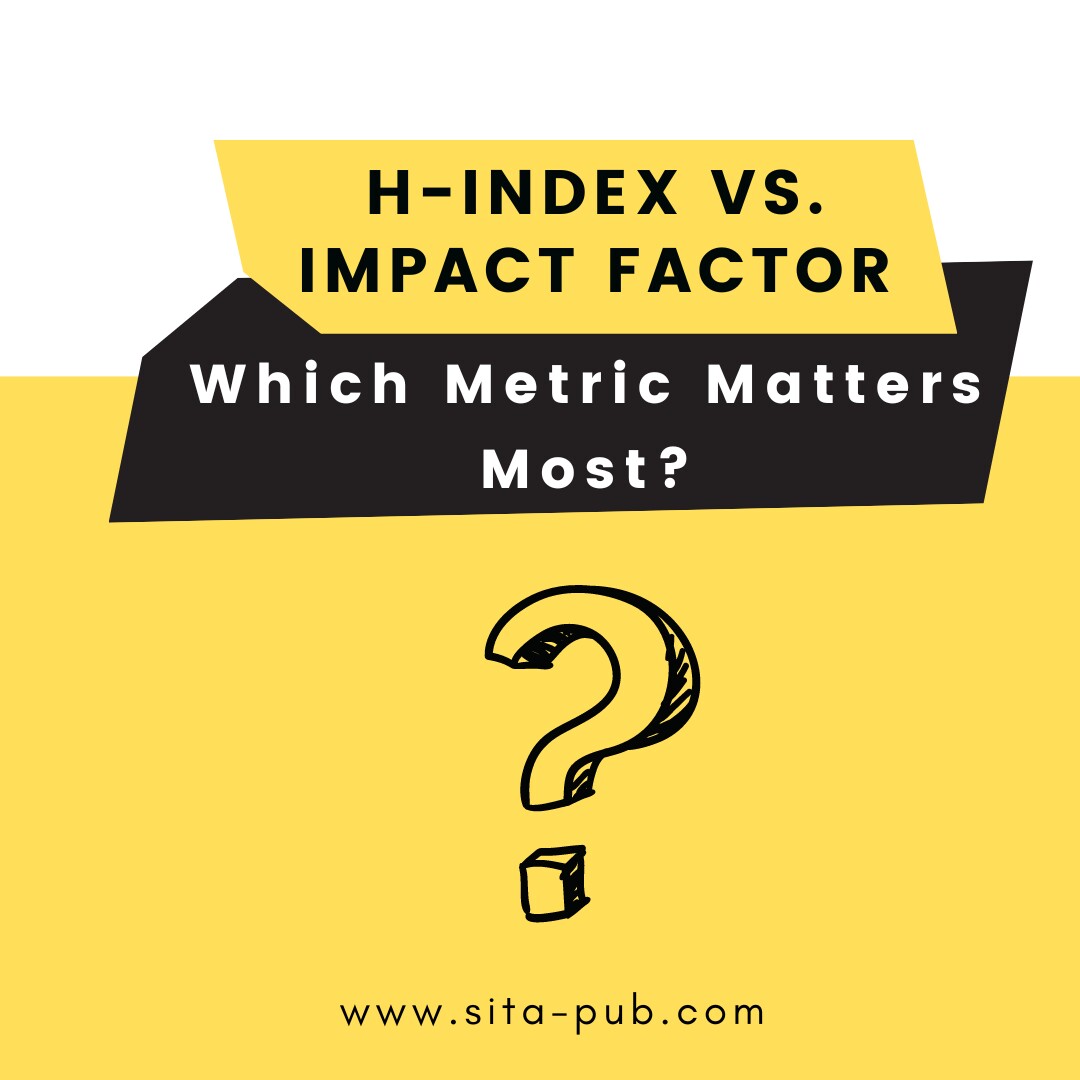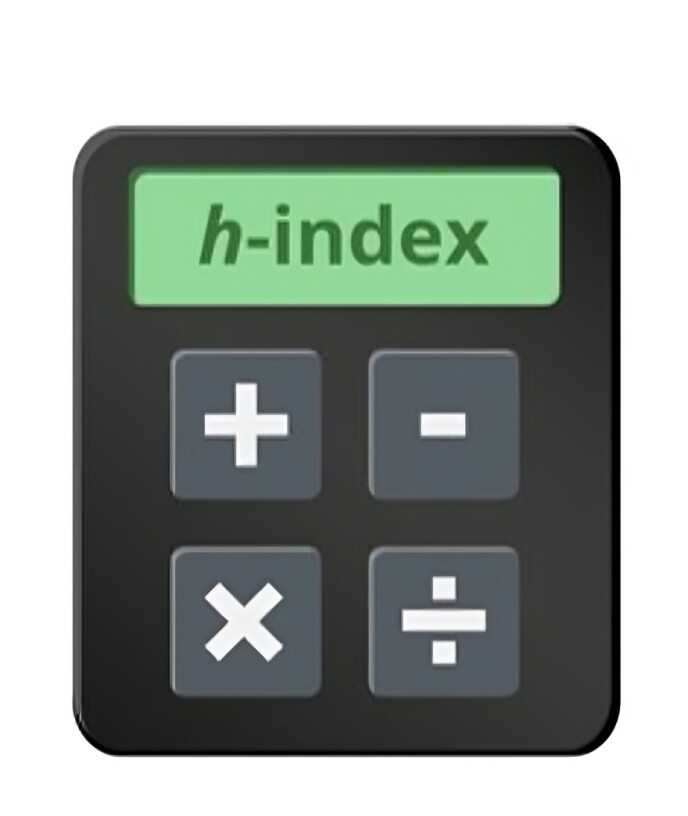Which Metric Matters Most? H-Index vs. Impact Factor


Journal metrics are essential tools that help evaluate the quality and impact of academic journals and their published research. These metrics are valuable for researchers, institutions, and policymakers to understand the influence of journals and individual articles. Familiarity with these metrics can guide effective decisions in academic publishing.

The Impact Factor (IF) measures how often articles in a particular journal are cited by other researchers within a specific timeframe, usually two years. It is calculated by dividing the total number of citations in the current year to articles published in the previous two years by the total number of articles published in those years.
Purpose: The Impact Factor indicates the journal's overall influence. A higher IF suggests that the journal publishes significant research that is frequently referenced.
Use: Researchers often consider the Impact Factor when deciding where to submit their work. Academic institutions may also use it in faculty evaluations and funding decisions.
Limitations: While useful, the Impact Factor has drawbacks. It can vary significantly across different academic fields, as some disciplines naturally receive more citations. Additionally, it reflects a two-year citation window, which may not capture the long-term impact of research.

The H-Index is a metric that measures the research output and citation impact of an individual researcher. It is defined as the maximum number h such that the researcher has published h papers that have each been cited at least h times.
Purpose: The H-Index provides a balanced view of a researcher's contributions by considering both the number of publications and their citation impact.
Use: This metric is particularly useful for comparing researchers within the same field and assessing their productivity over time. It can help institutions identify leading scholars.
Limitations: The H-Index tends to favor established researchers, as older papers typically accumulate more citations. It does not account for the context of citations or the contributions of co-authors.
Choosing between the H-Index and the Impact Factor depends on the context:

For Individual Researchers: The H-Index may be more relevant since it offers a comprehensive view of a researcher's impact throughout their career, taking into account both publication quantity and citation frequency.
For Journal Selection: The Impact Factor is more applicable when selecting a journal for publication. It highlights the journal's reputation and can enhance the visibility of research.
Both metrics serve different purposes and are valuable in assessing research quality. Using them together can provide a more complete understanding of the academic landscape.
Metric | Focus | Strengths | Limitations |
Impact Factor | Journal citations | Reflects journal influence, aids in submission decisions | Varies by discipline, short-term focus |
H-Index | Researcher productivity and citations | Captures both quantity and quality, consistent over time | Favors seasoned researchers, lacks context |
In summary, both the Impact Factor and the H-Index are important metrics for assessing research impact. Each has its strengths and weaknesses. By understanding and utilizing both, researchers can make informed decisions about publishing and evaluating the quality of academic work.
If you're looking to choose the right journal for your research and want to check its Impact Factor or H-Index, don't hesitate to reach out to SITA Academy. Our team of experts can provide you with the insights and guidance you need to make informed publishing decisions.
If you have any questions, inquiries, or would like to learn more about our services, please don't hesitate to reach out to us. Our dedicated team is ready to assist you.